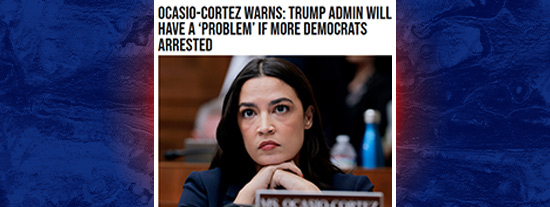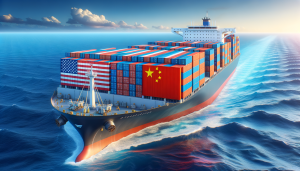U.S. and China take a step back from sky-high tariffs, agree to pause for 90 days

Details of U.S.-China Trade Agreement Unveiled
The White House has disclosed further details regarding the trade agreement reached with China, marking a significant development in international trade negotiations. The announcement came after intensive discussions in Geneva, involving top negotiators from both nations.
Key Terms of the Agreement
The U.S. Trade Representative, Jamieson Greer, outlined that the United States will reduce its tariff on Chinese imports from 145% to 30%, a substantial decrease of 115 percentage points. In a reciprocal move, China will also cut its tariff on U.S. goods to 10%. This agreement emerged from two days of rigorous talks aimed at de-escalating tensions between the two economic giants.
Treasury Secretary Scott Bessent emphasized the mutual desire to avoid a full-scale trade war and highlighted the progress made towards more balanced trade relations. “We want more balanced trade. And I think that both sides are committed to achieving that,” Bessent stated.
China’s Commerce Ministry confirmed that both parties agreed to eliminate 91% of tariffs on each other’s goods and to suspend an additional 24% for 90 days, totaling a reduction of 115 percentage points.
Strategic Economic Dialogues
|
Chinese Vice Premier He Lifeng announced the establishment of a “trade consultation mechanism,” aiming to foster ongoing dialogue and cooperation. He expressed optimism about expanding the “pie of cooperation” with the U.S., signaling a forward-looking approach to bilateral economic relations.
This breakthrough is seen as a pivotal victory for President Donald Trump, who has been a staunch advocate of using tariffs to address trade imbalances. Despite criticism from various quarters, including economists and political opponents, the administration remains confident that these measures will correct trade disparities and bolster the U.S. economy.
Global Impact and Domestic Reactions
The agreement could significantly alter the global economic landscape, which has been marred by uncertainty due to the ongoing trade disputes. U.S. retailers have expressed concerns over the impact of tariffs on consumer prices and supply chains. Economists have also warned about the potential for increased inflation and recession risks.
To address these concerns, Commerce Secretary Howard Lutnick emphasized the U.S.’s strategic position in the negotiations, citing China’s reliance on the American market. “The United States is in the driver’s seat,” Lutnick remarked on a recent television appearance, underscoring the leverage gained from the U.S.’s robust consumer market.
President Trump has been vocal about his strategy, asserting that tariffs are essential for rebalancing global trade and encouraging domestic manufacturing. The administration is also negotiating trade deals with over 170 countries, further expanding America’s economic influence globally.
Continued Negotiations and Future Prospects
Despite the progress, reaching a comprehensive deal with China remains a challenging endeavor. President Trump has adjusted his stance, proposing an 80% tariff on Chinese goods, down from the initial 145%. This adjustment came just before the productive discussions in Geneva, which Trump described as a “total reset” conducted in a “friendly, but constructive, manner.”
As negotiations continue, the administration remains optimistic about achieving favorable outcomes that will strengthen the U.S. economy and secure America’s position as a dominant global economic power. Commerce Secretary Lutnick dismissed concerns about tariff impacts on consumers, urging the public to focus on the broader economic benefits of these policies.
In conclusion, the U.S.-China trade negotiations represent a critical juncture in international trade, with significant implications for global economic stability and domestic economic growth. The Trump administration continues to pursue a strategy that prioritizes American economic interests and seeks to reshape global trade dynamics in favor of the United States.









No Comments